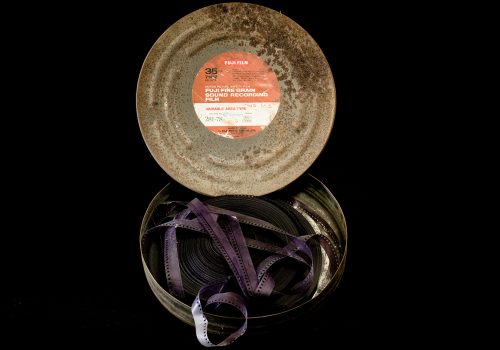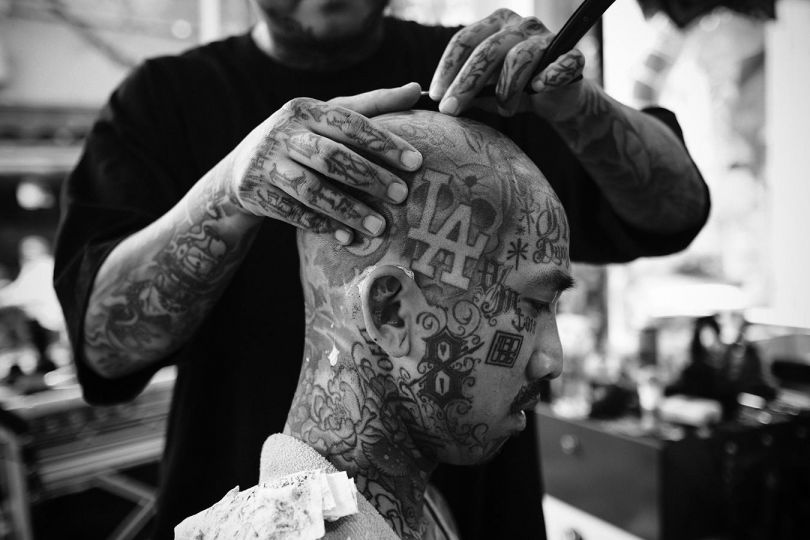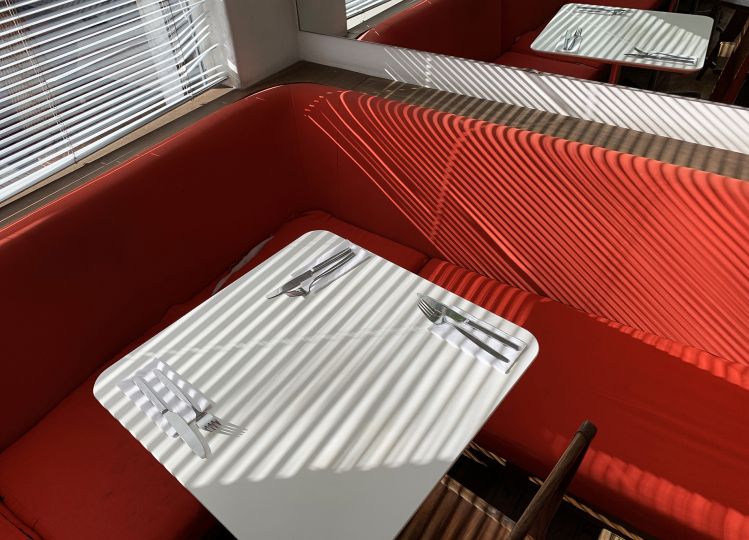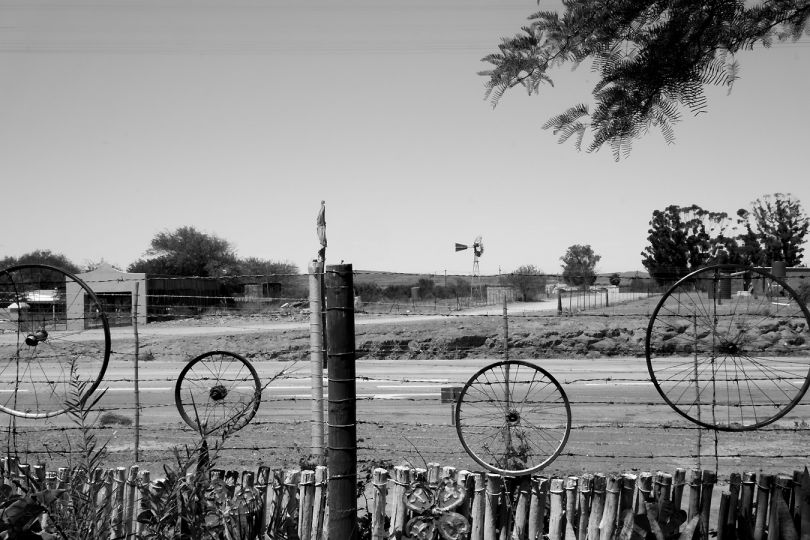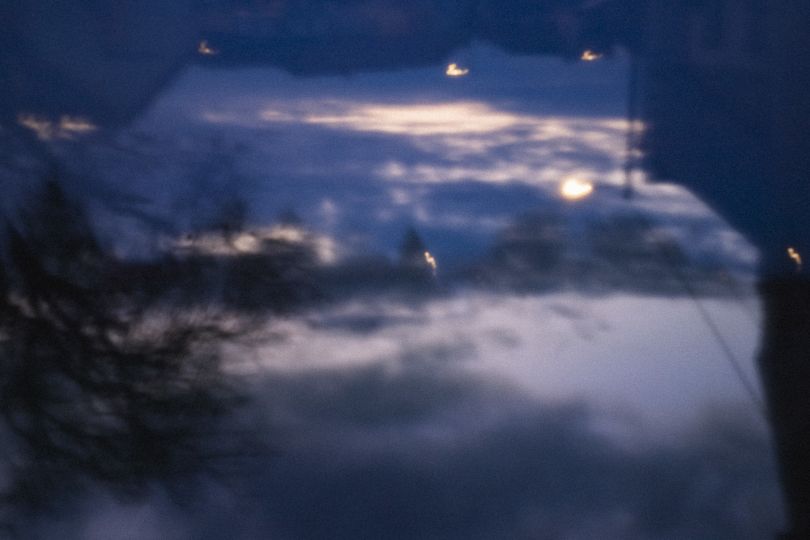In 1920, Ohn Maung founded Myanmar’s first film studio, the Burma Film Co. and made the country’s first feature film titled Myitta Ne Thuya (Love & Liquor); a tale of how alcohol and gambling ruined a man’s life. It was screened at the Royal Cinema on Yangon’s ‘cinema row’ and was hugely popular, becoming an instant local hit. It was also the spark that ignited Myanmar’s film industry, setting it on a path to become one of the most important and industrious, but also most troubled schools of cinema in Asia. This was due to the constant political turmoil and unrest that followed.
Today, a run down house in the centre of the city is home to an abundance of rusted equipment and rotting film artefacts, having been donated or salvaged from the 32 film studios and compounds operating during the heyday of Burmese cinema. Before General Ne Win’s military regime took over in 1962, the A1 Recording Studio and the British Burma Film Studio amongst many others, were well-funded, well-organised and universally respected; containing state of the art equipment and housing thousands of reels of film. After the coup d’etat of ’62, draconian restrictions began to be placed on the production of films by the new military government, censorship was drastically tightened and filmmakers were silenced. In turn, many studios collapsed, having a dire effect on the country’s film archives and storage units. Myanmar’s hot and humid climate, compounded by a lack of air conditioning, caused by constant power cuts throughout the country, meant equipment corroded and emulsions, hypos and chemicals scratched off the films, destroying them.
I have visually archived a selection of these artefacts, damaged by a lack of preservation, but still I hope, a small window into the world of this once great film industry.

